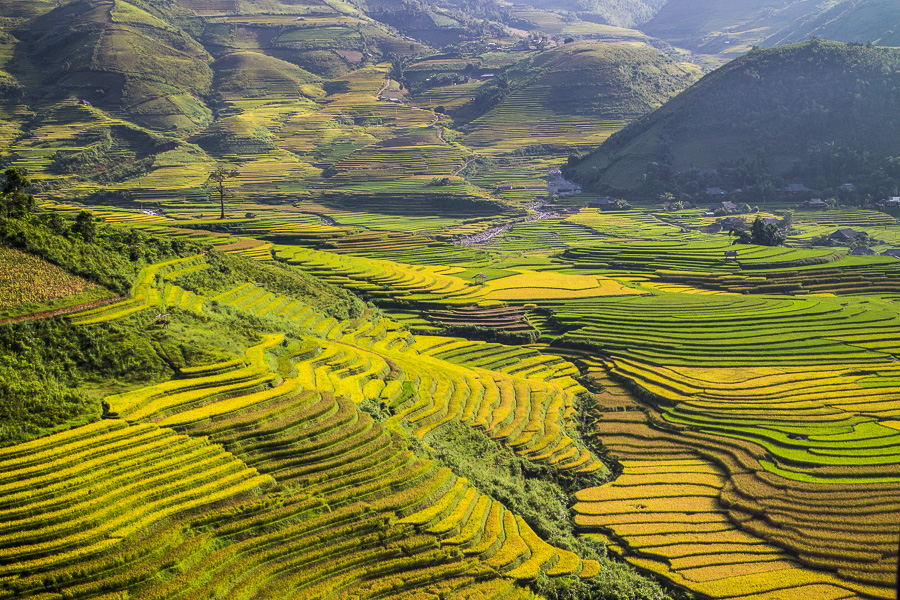Integrated geography on:
[Wikipedia]
[Google]
[Amazon]
 Integrated geography (also referred to as integrative geography, environmental geography or human–environment geography) is where the branches of
Integrated geography (also referred to as integrative geography, environmental geography or human–environment geography) is where the branches of
 The links between human and physical geography were once more apparent than they are today. As human experience of the world is increasingly mediated by technology, the relationships between humans and the environment have often become obscured. Thereby, integrated geography represents a critically important set of analytical tools for assessing the impact of human presence on the environment. This is done by measuring the result of human activity on natural landforms and cycles. Methods for which this information is gained include
The links between human and physical geography were once more apparent than they are today. As human experience of the world is increasingly mediated by technology, the relationships between humans and the environment have often become obscured. Thereby, integrated geography represents a critically important set of analytical tools for assessing the impact of human presence on the environment. This is done by measuring the result of human activity on natural landforms and cycles. Methods for which this information is gained include
 Integrated geography (also referred to as integrative geography, environmental geography or human–environment geography) is where the branches of
Integrated geography (also referred to as integrative geography, environmental geography or human–environment geography) is where the branches of human geography
Human geography or anthropogeography is the branch of geography which studies spatial relationships between human communities, cultures, economies, and their interactions with the environment, examples of which include urban sprawl and urban ...
and physical geography
Physical geography (also known as physiography) is one of the three main branches of geography. Physical geography is the branch of natural science which deals with the processes and patterns in the natural environment such as the atmosphere, h ...
overlap to describe and explain the spatial aspects of interactions between human individuals or societies and their natural environment
The natural environment or natural world encompasses all life, biotic and abiotic component, abiotic things occurring nature, naturally, meaning in this case not artificiality, artificial. The term is most often applied to Earth or some parts ...
, these interactions being called coupled human–environment system.
Origins
Integrated geography requires an understanding of the dynamics ofphysical geography
Physical geography (also known as physiography) is one of the three main branches of geography. Physical geography is the branch of natural science which deals with the processes and patterns in the natural environment such as the atmosphere, h ...
, as well as the ways in which human societies conceptualize the environment (human geography
Human geography or anthropogeography is the branch of geography which studies spatial relationships between human communities, cultures, economies, and their interactions with the environment, examples of which include urban sprawl and urban ...
). Thus, to a certain degree, it may be seen as a successor of ''Physische Anthropogeographie'' (English: "physical anthropogeography")—a term coined by University of Vienna
The University of Vienna (, ) is a public university, public research university in Vienna, Austria. Founded by Rudolf IV, Duke of Austria, Duke Rudolph IV in 1365, it is the oldest university in the German-speaking world and among the largest ...
geographer Albrecht Penck in 1924—and geographical cultural
Culture ( ) is a concept that encompasses the social behavior, institutions, and Social norm, norms found in human societies, as well as the knowledge, beliefs, arts, laws, Social norm, customs, capabilities, Attitude (psychology), attitudes ...
or human ecology ( Harlan H. Barrows 1923). Integrated geography in the United States is principally influenced by the schools of Carl O. Sauer (Berkeley), whose perspective was rather historical, and Gilbert F. White (Chicago), who developed a more applied view.
Integrated geography describes and explains the spatial aspects of interactions between human individuals or societies and their natural environment, called coupled human–environment systems.
Focus
 The links between human and physical geography were once more apparent than they are today. As human experience of the world is increasingly mediated by technology, the relationships between humans and the environment have often become obscured. Thereby, integrated geography represents a critically important set of analytical tools for assessing the impact of human presence on the environment. This is done by measuring the result of human activity on natural landforms and cycles. Methods for which this information is gained include
The links between human and physical geography were once more apparent than they are today. As human experience of the world is increasingly mediated by technology, the relationships between humans and the environment have often become obscured. Thereby, integrated geography represents a critically important set of analytical tools for assessing the impact of human presence on the environment. This is done by measuring the result of human activity on natural landforms and cycles. Methods for which this information is gained include remote sensing
Remote sensing is the acquisition of information about an physical object, object or phenomenon without making physical contact with the object, in contrast to in situ or on-site observation. The term is applied especially to acquiring inform ...
, and geographic information system
A geographic information system (GIS) consists of integrated computer hardware and Geographic information system software, software that store, manage, Spatial analysis, analyze, edit, output, and Cartographic design, visualize Geographic data ...
s. Integrated geography helps us to ponder the environment in terms of its relationship to people. With integrated geography we can analyze different social science and humanities perspectives and their use in understanding people environment processes. Hence, it is considered the third branch of geography, the other branches being physical and human geography.Arild Holt-Jensen (1999): ''Geography - History and Concepts: A Student's Guide''. London: SAGE.
References
{{Social sciences Human–environment interaction Environmental social science Human geography Physical geography